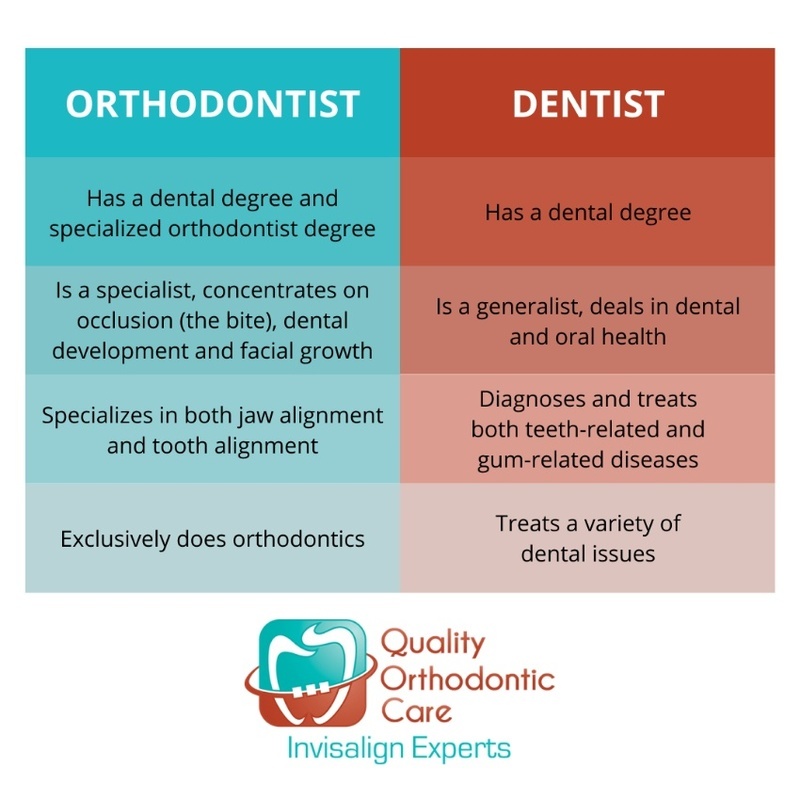The 9-Second Trick For Causey Orthodontics
Table of ContentsCausey Orthodontics Can Be Fun For AnyoneHow Causey Orthodontics can Save You Time, Stress, and Money.Indicators on Causey Orthodontics You Should KnowThe Ultimate Guide To Causey OrthodonticsThe Ultimate Guide To Causey Orthodontics
Overlooking occlusal partnerships, it was normal to get rid of teeth for a selection of dental issues, such as malalignment or congestion. The concept of an undamaged teeth was not widely valued in those days, making bite relationships seem unnecessary. In the late 1800s, the idea of occlusion was important for creating reliable prosthetic substitute teeth.As these concepts of prosthetic occlusion advanced, it ended up being an important device for dentistry. It was in 1890 that the work and impact of Dr. Edwards H. Angle began to be felt, with his payment to contemporary orthodontics particularly noteworthy. Concentrated on prosthodontics, he educated in Pennsylvania and Minnesota before routing his focus towards dental occlusion and the therapies required to maintain it as a regular problem, therefore coming to be understood as the "father of modern orthodontics".

The concept of suitable occlusion, as postulated by Angle and incorporated into a category system, allowed a change in the direction of dealing with malocclusion, which is any type of inconsistency from typical occlusion. Having a complete collection of teeth on both arches was extremely demanded in orthodontic treatment as a result of the need for exact partnerships between them.
Things about Causey Orthodontics
As occlusion came to be the key concern, face proportions and aesthetic appeals were neglected - Causey Orthodontics. To achieve suitable occlusals without using external pressures, Angle proposed that having perfect occlusion was the ideal means to acquire maximum facial aesthetics. With the passing away of time, it ended up being rather obvious that also an extraordinary occlusion was not suitable when taken into consideration from an aesthetic perspective
Charles Tweed in America and Raymond Begg in Australia (who both examined under Angle) re-introduced dental care extraction into orthodontics throughout the 1940s and 1950s so they could enhance face esthetics while additionally making sure much better stability concerning occlusal connections. In the postwar duration, cephalometric radiography begun to be utilized by orthodontists for measuring modifications in tooth and jaw setting brought on by development and therapy. It ended up being obvious that orthodontic therapy might adjust mandibular advancement, bring about the formation of useful jaw orthopedics in Europe and extraoral force actions in the US. Nowadays, both functional devices and extraoral tools are applied around the world with the purpose of modifying growth patterns and kinds. As a result, seeking true, or at the very least enhanced, jaw connections had come to be the main purpose of therapy by the mid-20th century.
The Facts About Causey Orthodontics Revealed
 Until the mid-1970s, dental braces were made by wrapping steel around each tooth. https://pastelink.net/6dm7n46s., it became feasible to rather bond metal brackets to the teeth.
Until the mid-1970s, dental braces were made by wrapping steel around each tooth. https://pastelink.net/6dm7n46s., it became feasible to rather bond metal brackets to the teeth.Andrews offered an insightful interpretation of the excellent occlusion in long-term teeth. This has actually had significant effects on orthodontic treatments that are administered on a regular basis, and these are: 1. Appropriate interarchal relationships 2. Right crown angulation (tip) 3. Right crown disposition (torque) 4. No rotations 5. Tight call points 6. Apartment Curve of Spee (0.02.5 mm), and based on these concepts, he uncovered a therapy system called the straight-wire device system, or the pre-adjusted edgewise system.
The advantage of the design hinges on its brace and archwire combination, which needs only very little cable flexing from the orthodontist or clinician (orthodontist expert). It's aptly named after this function: the angle of the port and thickness of the bracket base eventually determine where each tooth is situated with little requirement for additional adjustment
The Only Guide to Causey Orthodontics
Both of these systems used the same brackets for each tooth and necessitated the bending of an archwire in 3 airplanes for locating teeth in their preferred placements, with these bends determining utmost positionings. When it comes to orthodontic appliances, they are split right into two types: removable and dealt with. Removable appliances can be handled and off by the client as called for.

Therefore, mostly all contemporary set home appliances can be taken into consideration variants on this edgewise device system. Early 20th-century orthodontist Edward Angle made a significant contribution to the world of dental care. He created 4 unique device systems that have been made use of as the basis for many orthodontic therapies today, preventing a couple of exceptions.
The Of Causey Orthodontics

The cord ended in a string, and to relocate ahead, an adjustable nut was used, which allowed for an increase in area. By ligation, each individual tooth was connected to this large archwire (orthodontist expert). Because of its restricted variety of movement, Angle was incapable to attain precise tooth positioning with an E-arch
These tubes held a firm pin, which might be repositioned at each consultation in order to relocate them in position. Dubbed the "bone-growing device", this contraption was thought to urge much healthier bone development due to its capacity for moving force straight to the origins. Implementing it verified problematic in truth.